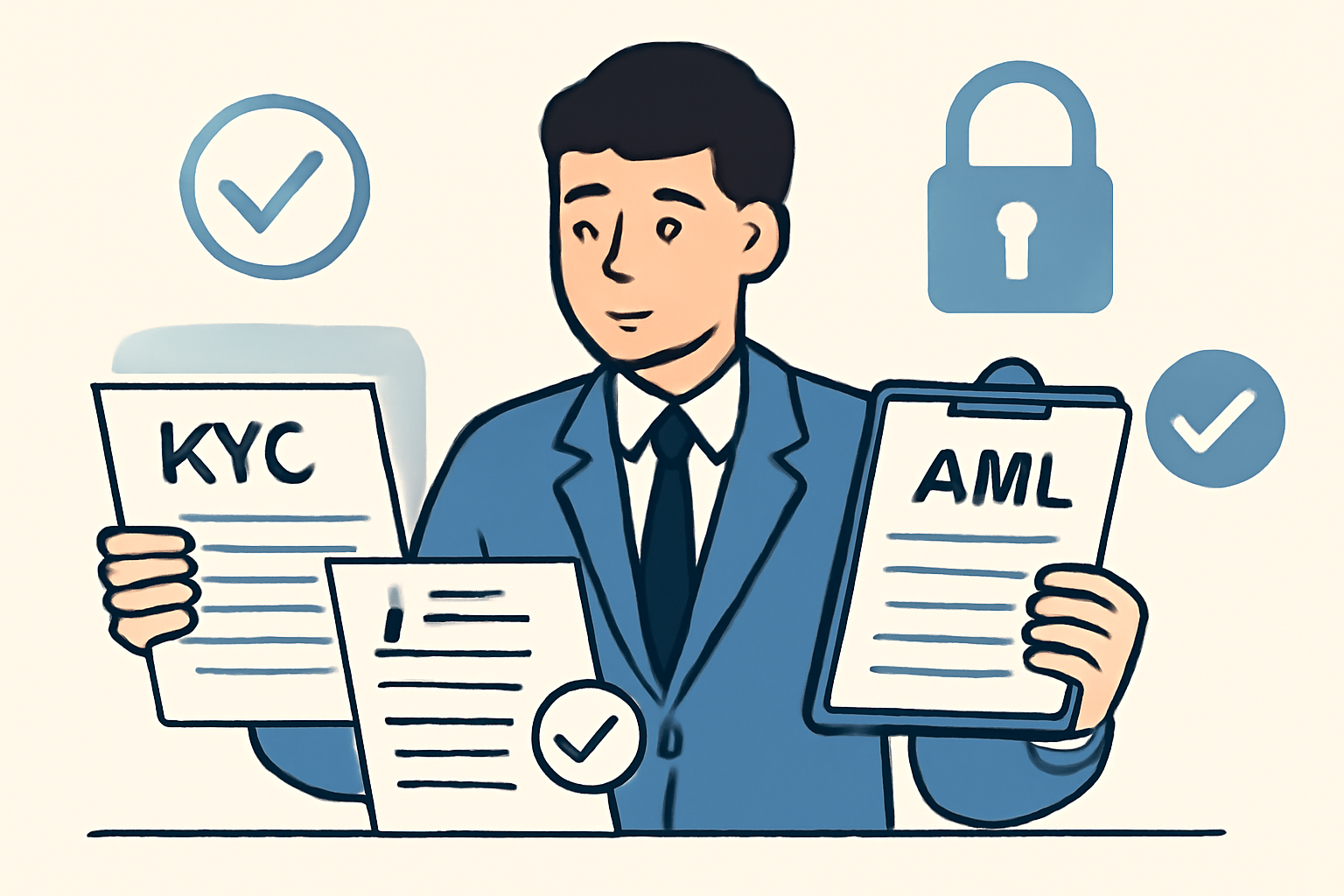
Opening a business crypto bank account in 2024 is no longer a niche activity reserved for early adopters. Regulatory clarity, mainstream adoption, and the growing need for digital asset management have pushed crypto banking for companies into the financial mainstream. As of October 2025, recent regulatory shifts in the United States have made the process more accessible than ever. The Office of the Comptroller of the Currency (OCC) and Federal Reserve have both signaled a more accommodating stance, allowing national banks to engage in select crypto activities without prior permission. This evolving context significantly streamlines the path for businesses seeking robust, compliant digital banking solutions.

Step 1: Assess Your Business Needs and Choose a Crypto-Friendly Bank
The first critical step is to assess your business’s operational requirements and identify a crypto-friendly bank that aligns with those needs. Consider whether your company will primarily trade, hold, or process payments in digital assets. Evaluate the provider’s range of supported cryptocurrencies, integration with existing accounting systems, transaction fees, and security protocols. Institutions such as Silvergate, Mercury, and new entrants like Slash are increasingly offering specialized services for crypto businesses. A careful assessment at this stage can help avoid costly mismatches down the line.
Step 2: Prepare Required Business Documentation
Once you have chosen a provider, gather all required business documentation. This typically includes incorporation papers, an Employer Identification Number (EIN), business licenses, and detailed information about your company’s ownership structure. Crypto bank account requirements in 2024 have become more standardized, but documentation expectations can vary by jurisdiction and provider. Having these materials organized in advance will expedite the application process and reduce back-and-forth with compliance teams.
Step 3: Verify Compliance Requirements (KYC/AML Policies)
No reputable crypto bank will overlook compliance. Be prepared to meet stringent KYC (Know Your Customer) and AML (Anti-Money Laundering) requirements. This involves disclosing beneficial ownership information, providing identification for all key stakeholders, and sometimes submitting to enhanced due diligence depending on your business model or jurisdiction. The regulatory environment has matured significantly since 2024, with most banks now offering clear guidance on what is required for crypto business banking onboarding.
The initial three steps set the foundation for a secure and compliant account opening process. Each decision – from selecting a provider to preparing documentation – directly impacts your ability to operate efficiently within the evolving digital asset regulatory landscape. For more detailed walkthroughs tailored to specific jurisdictions or account types, see our comprehensive guide at How to Open a Business Account with a Crypto Bank: Step-by-Step Guide for 2024.
Step 4: Submit the Application via the Bank’s Online Portal or Relationship Manager
With all documentation and compliance details prepared, you are ready to submit your application. Most leading crypto-friendly banks now offer streamlined online portals designed for business onboarding. Here, you will upload your documents, fill out detailed business profiles, and answer tailored questions about your crypto activities. Some institutions may assign a dedicated relationship manager to guide you through the process, especially for higher-risk or larger-volume accounts. Expect initial feedback within a few business days, though timelines can vary based on the complexity of your business model and jurisdiction.
Step 5: Complete Identity Verification and Provide Additional Information if Requested
Upon preliminary review, banks will initiate identity verification procedures. This step is crucial for both regulatory compliance and account security. Be prepared for video calls, biometric verification, or additional background checks, especially if your business operates across multiple jurisdictions or handles significant transaction volumes. Banks may also request further supporting documents, such as proof of address for beneficial owners or enhanced due diligence questionnaires. Timely and transparent communication at this stage can prevent unnecessary delays.
Step 6: Fund Your Account and Set Up Security Features
Once your application is approved, you will receive instructions to fund your account. Initial funding thresholds vary by provider but are generally flexible for startups and SMEs. At this point, it is vital to configure robust security features: enable multi-signature wallets, set granular user permissions, and activate two-factor authentication (2FA) for all authorized users. Many banks now offer advanced dashboards for real-time monitoring of digital asset flows and access controls, empowering businesses to maintain operational oversight and mitigate risks proactively.
Strategic Considerations in 2025’s Crypto Banking Environment
The regulatory landscape as of October 2025 remains dynamic but increasingly supportive of institutional crypto adoption. The recent OCC and Federal Reserve policy shifts have reduced friction for companies seeking to integrate digital assets with traditional banking infrastructure. However, businesses must remain vigilant regarding ongoing compliance obligations, periodic account reviews, and evolving best practices for safeguarding digital assets. As crypto banking for companies becomes mainstream, expect further innovation in service offerings, from automated tax reporting to on-chain audit trails tailored for enterprise use.
Each step in this process, from assessing needs to securing your account, builds toward a compliant, resilient foundation for your company’s digital asset operations. For an expanded discussion on provider comparisons and jurisdiction-specific nuances, refer to our complete resource at How to Open a Business Account with a Crypto Bank: Step-by-Step Guide for 2024.












